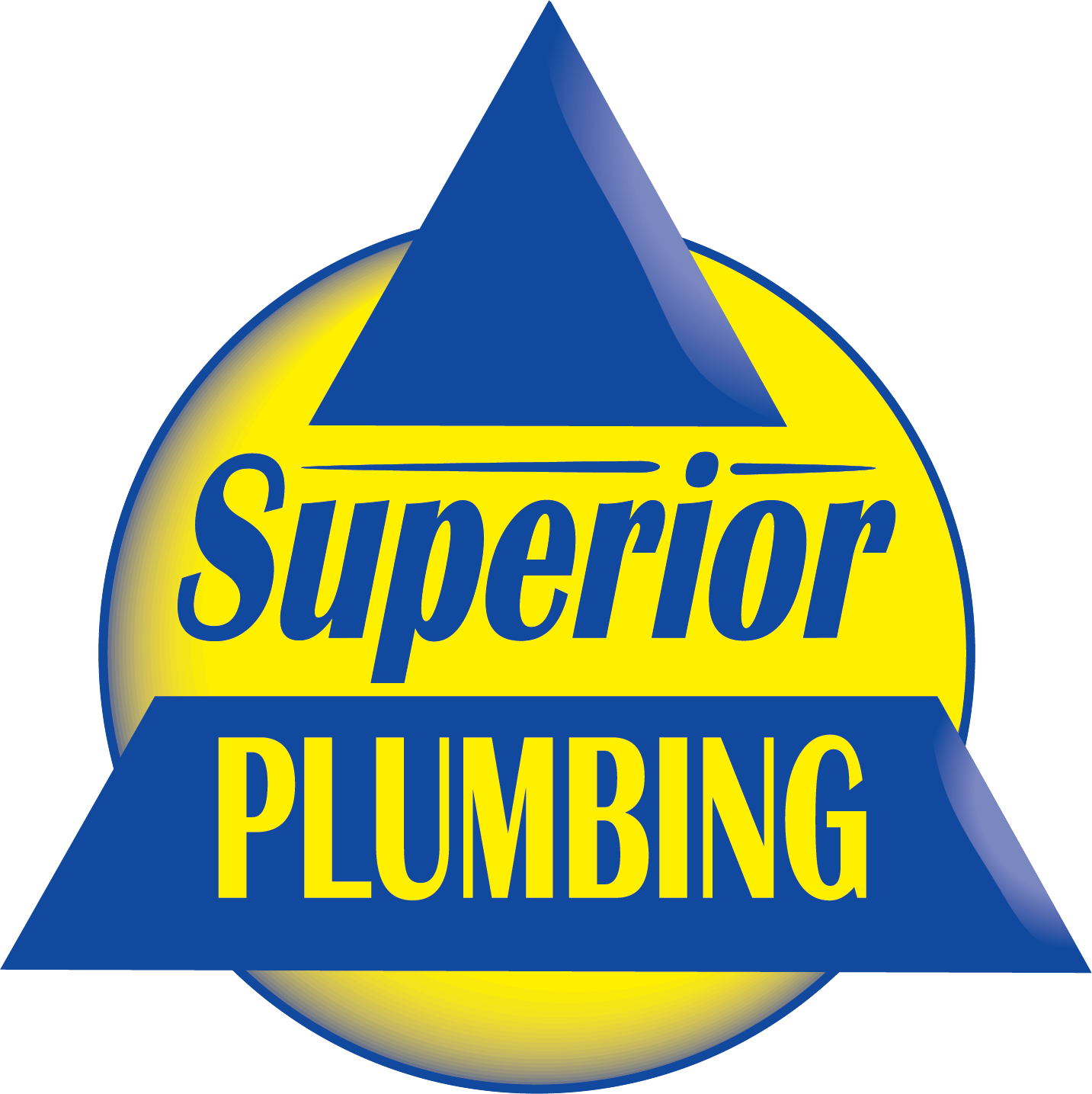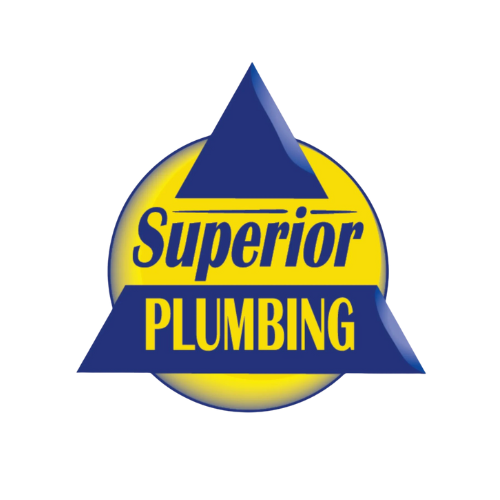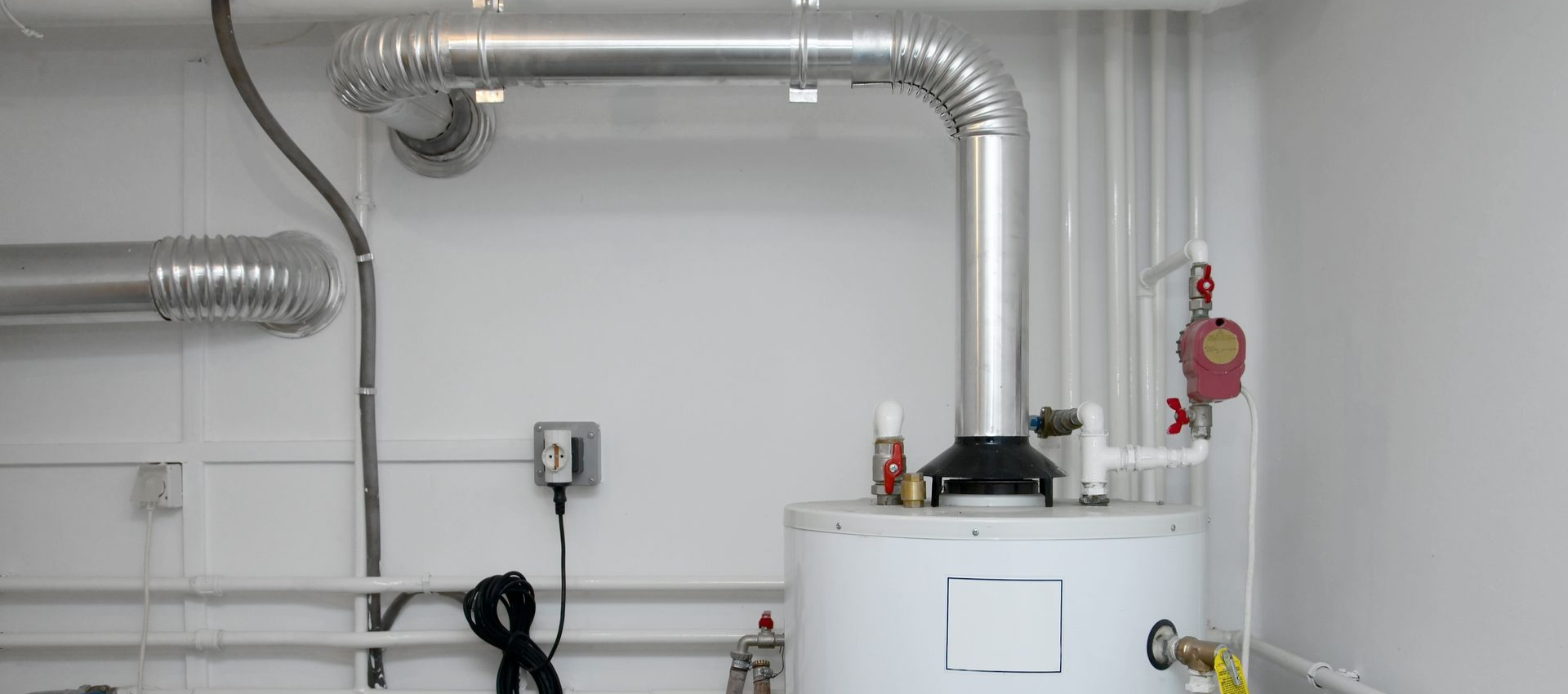
If you’re deciding whether or not to get your water heater replaced, don’t let the fear of the unknown put you off from getting it done. While it can sound extensive, water heater replacement is a fairly straightforward process. Let’s break down exactly what goes on during a water heater replacement so you can feel more confident about the process.
But first, let’s highlight the differences between a replacement and installation…
Water Heater Replacement vs. Installation: What’s the Difference?
While these two processes can be similar, water heater replacements and installations vary. Installations, for instance, are more extensive and may require changes to the plumbing, electrical and venting work. Typically, installations are done for new constructions or if an older system needs to be converted from gas to electric or from tank to tankless.
Replacements, on the other hand, are less invasive and usually involve swapping out an old unit for a newer one. This process is less complex and requires less time to complete. While an installation can take anywhere from 4 to 10 hours, replacements can take 2 to 4 hours to complete.
So, if your plumber recommends a water heater replacement, it’s likely to take only a couple of hours and may not be as complex as an installation. Now that we’ve highlighted these key differences, let’s examine exactly how water heater replacement works.
Step #1: Disconnecting the Old Tank
First, your plumber will shut off the water and the power source, which is either gas or electric. Once this is done, they can safely work on the unit. The tank will then be drained to remove excess water.
Next, the old water heater will be disconnected. This involves disconnecting the water lines, fuel lines and venting if necessary.
Step #2: Setting Up the New Heater
Once the old heater has been removed, the plumber can then install a new drip pan, which will protect your home from any potential leaks. Once the drip pan is in position, the new water heater can be installed.
Your plumber will also hook up new components that are needed for the water heater to operate. These include:
- Temperature and pressure relief valves – Allows for excess heat and pressure to be released from the unit
- Discharge pipe – Releases water from the heater
- Thermal expansionate – Absorbs excess water caused by thermal expansion
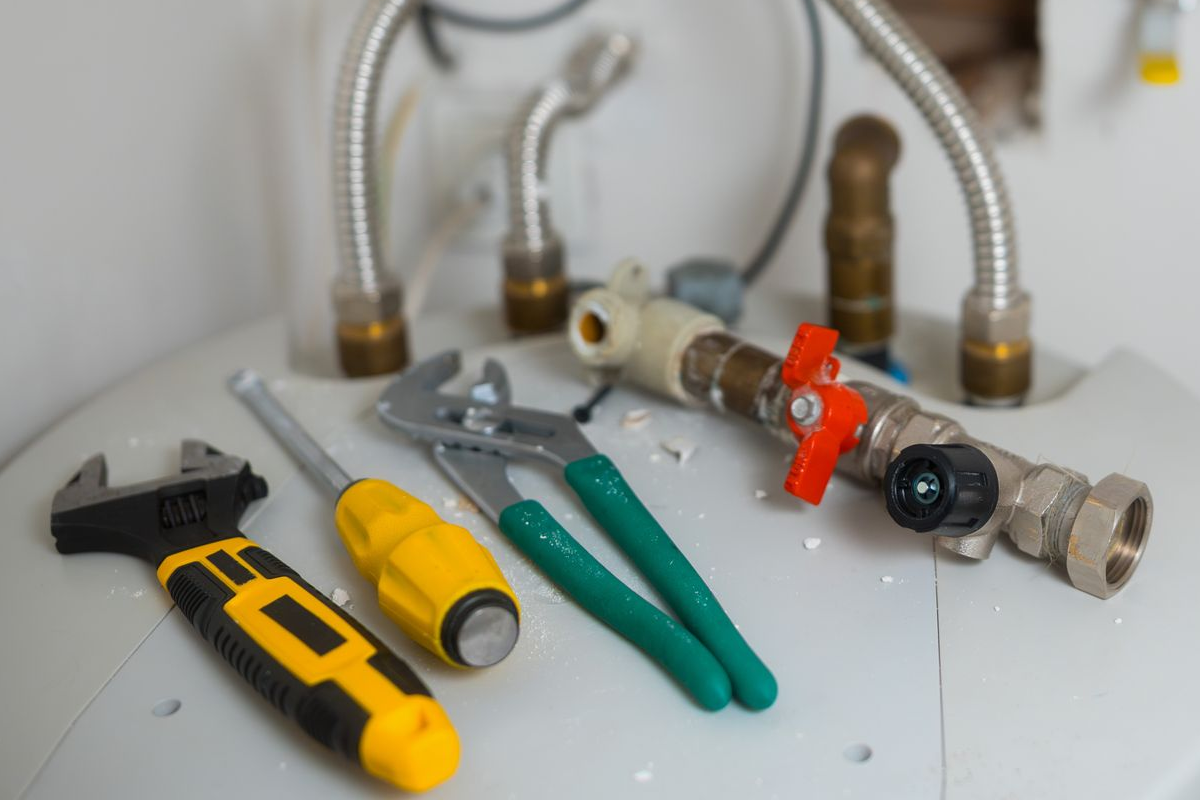
Step #3: Connect the New Heater
During this phase, your plumber will connect the new unit to your home’s water line and either the gas line or electrical supply, depending on your utility. If required, they’ll also connect the venting.
Step #4: Filling Up the Tank
Once the utilities have been connected, your plumber will close the drain valve, turn on the cold water supply and fill up the tank. While the tank is filling, it's important that your plumber bleeds the air from the tank.
This is done to prevent airlocks and ensure water flows steadily from the tank. It’s not uncommon for plumbers to also check the water and gas connections for leaks, which can cause serious problems if not detected early on.
Step #5: Turn On Remaining Utilities, Conduct Final Tests
If the tank is free of leaks and fully connected, the gas supply or power can be turned on. Your heater’s burner or elements should start to warm up the water. Before leaving, your plumber should test the new unit by turning on one of your faucets and making sure hot water comes out of the tap.
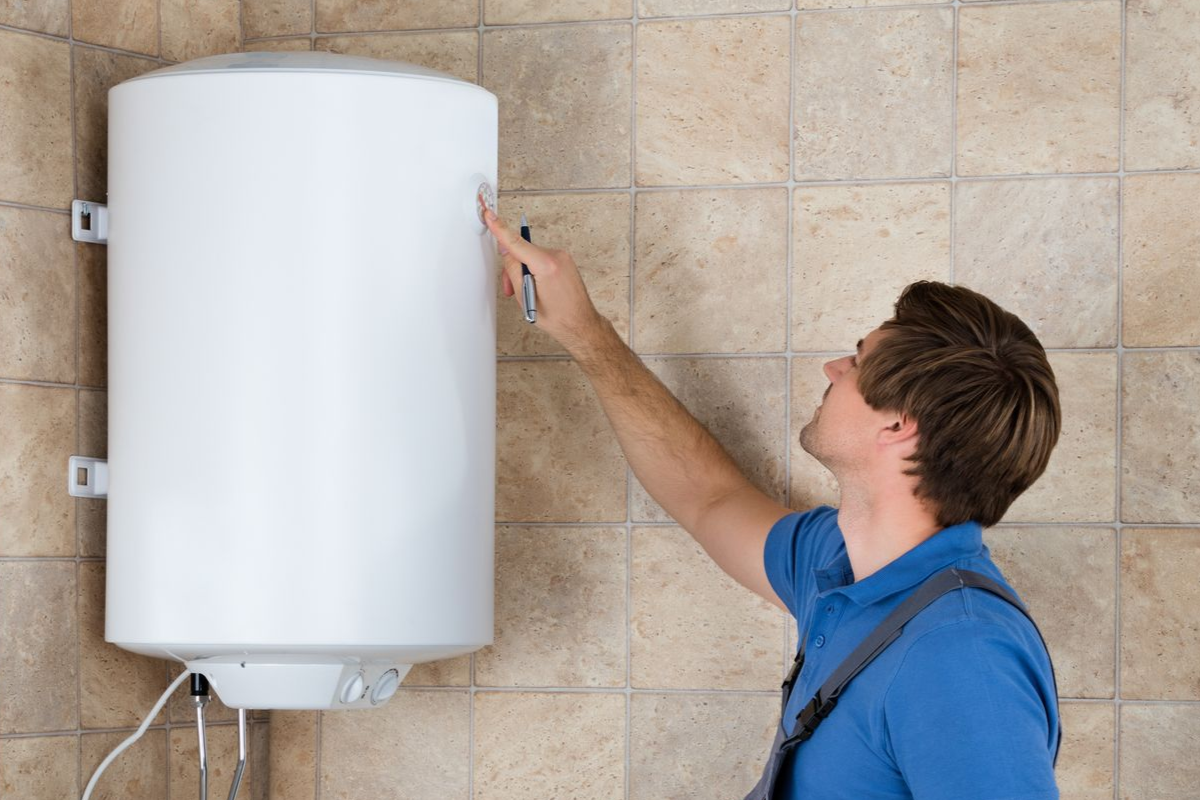
What if I Have a Tankless Heater?
The replacement process for tankless heaters is similar to traditional tank units. The old heater is disconnected, removed and replaced with a new unit, which is also tested once connections are restored. The main difference is that tankless systems don’t store water, so they don’t require filling. Tankless heaters also provide hot water instantly, whereas tank units take time to heat the stored water.
What To Expect Following Water Heater Replacement
It’s not uncommon to notice cloudy water after installation, but if it doesn’t clear up, you should reach out to your plumber. Homeowners should also keep an eye on their new water heater for leaks or unusual noises, as these can be signs of an underlying problem.
Ready for Reliable Hot Water? Contact Superior Plumbing Today!
At Superior Plumbing, we specialize in water heater replacements for homeowners in metro Atlanta, Kennesaw and the surrounding areas. Our team is committed to making the process simple and stress-free, so you can enjoy comfort and peace of mind with your new system.
Ready to get started? Call our team today at 770-422-7586 and schedule a consultation. To learn more about our other services, including drain clog removal and fixture installation, click the link
here to fill out a contact form online.

